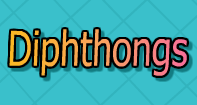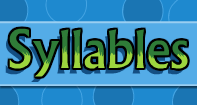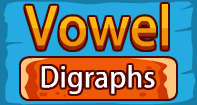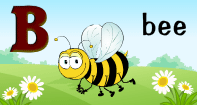- HOME
- LETTER SOUNDS
Login as parent/teacher to assign this.
Alphabet Phonics
Alphabet Phonics
Many teachers use the teaching of letter sounds to enhance their beginning reading instruction. Phonics is each individual sound that the letters of the alphabet make. These sounds of the alphabet are taught to young children to help them make the connection with the actual letter, as in what it looks like, to what each letter sounds like. In preparing children for reading, many teachers begin with teaching phonics in order to allow the children to become familiar with the letters that indeed make up words. There are many ways educators teach this vital concept; through reading books to the classroom or small groups of children, using picture cards that match the beginning sound of each letter, and with computer games that say the sound of each letter. Teachers also organize and facilitate classroom group activities on alphabet and sound recognition, help the children complete worksheets, coloring sheets, and more. There is a multitude of effective ways to introduce the sounds of the letters to the young students, and the majority of these was are fun and engaging!






















